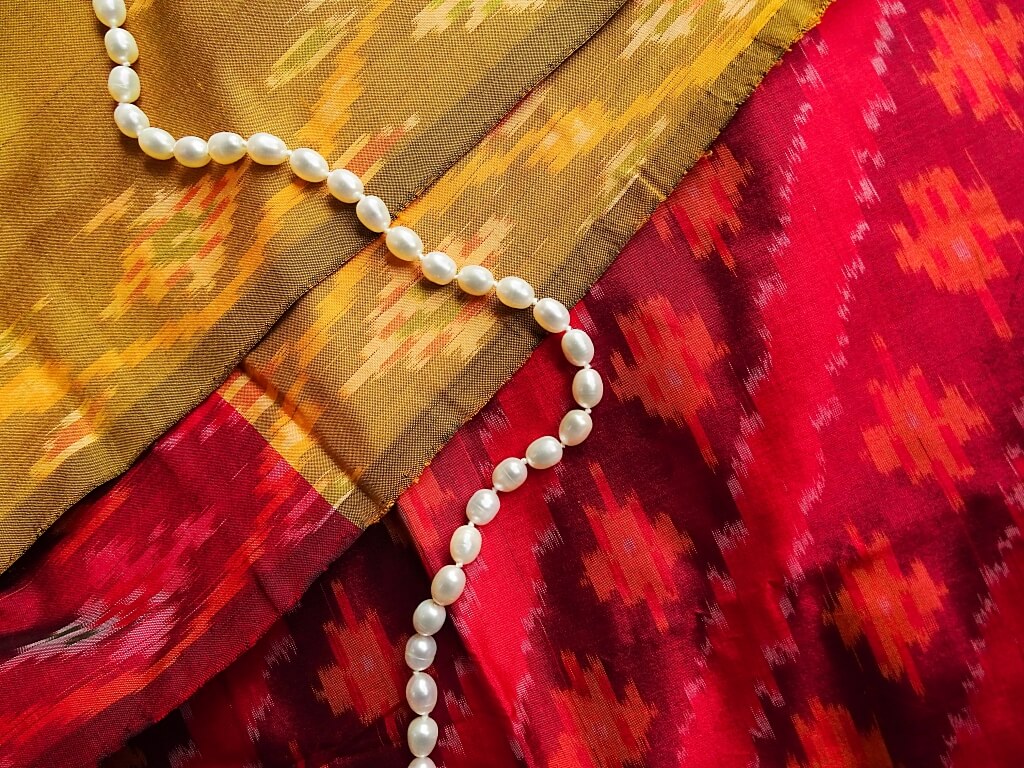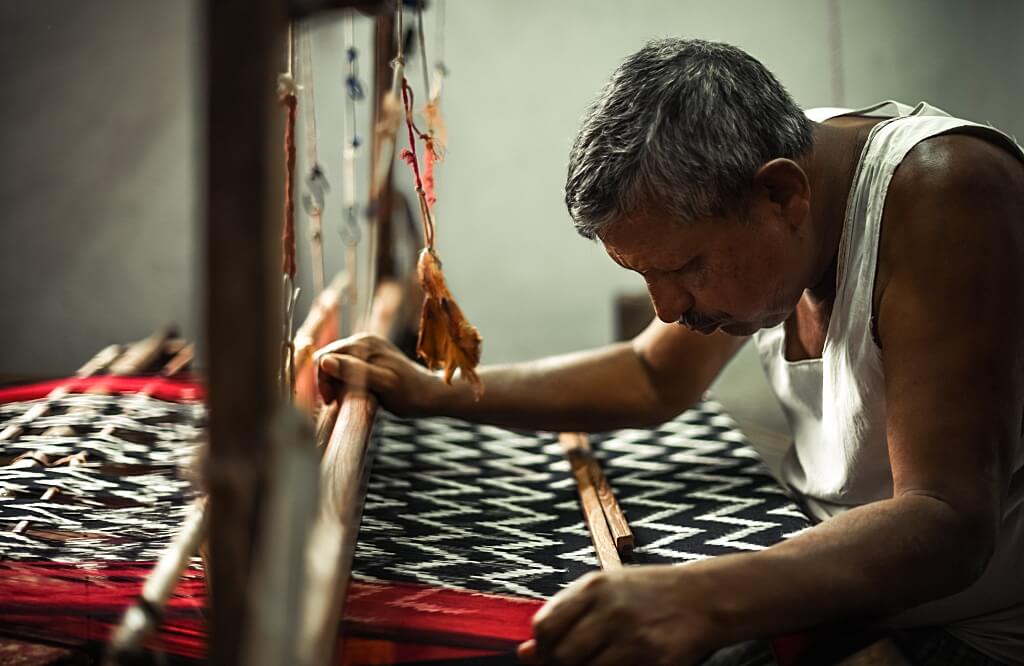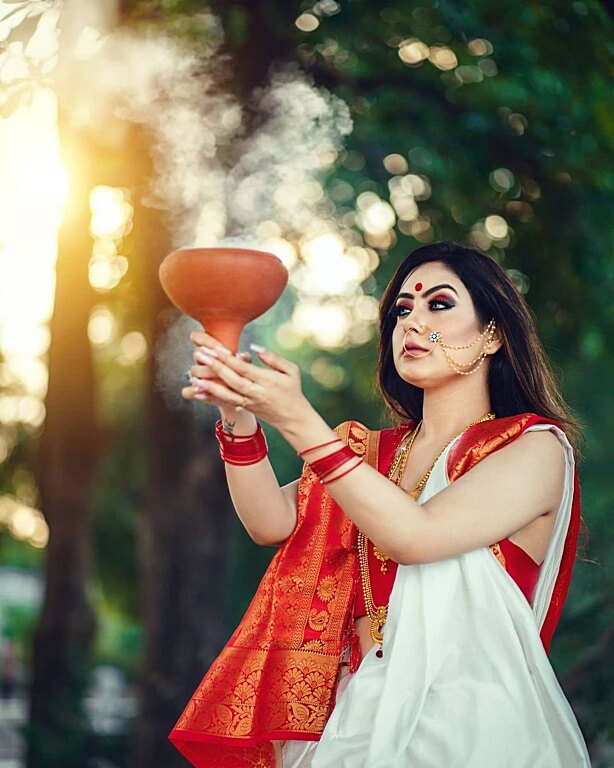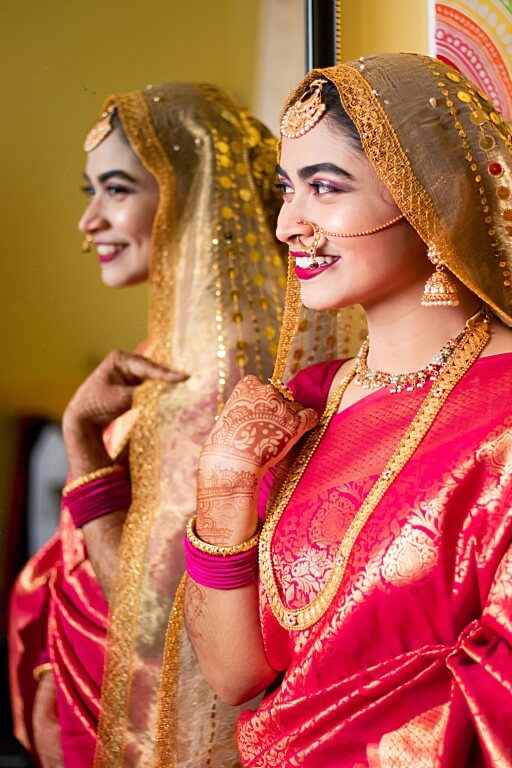The rich handloom heritage of India
26/08/2022 2022-08-26 17:59The rich handloom heritage of India
The rich and diverse handloom heritage of India is to be celebrated for all the eclectic contributions to the handloom and textile heritage of the world. Our country is the origin and home to countless gorgeous and rich handlooms and textiles. We as a proud and ancient country produce roughly 85 percent of the world’s handwoven products and we have the most diversity and depth in the world of textile and handloom.
Our country’s contribution to the handloom and textile industry is unmatched. Each state has its own unique language and unique signature when it comes to weaving history and the skill is unparalleled with each of them rivalling the other within our own country. Here are 7 popular handloom arts that weave a unique story of seven different states in India.
1. Ikat from Odisha
Ikat is a weave that is popular in several parts of India but Odisha seems to take the dominant space in the art of weaving the Ikat. Members of communities like Meher or Bhulia inherit and are privileged to learn and practice the art of Ikat weaving in Odisha. They spend their lives acquiring the knowledge and learning to practice Ikat weaving and eventually become masters of the artform.
 The designs these artisans skilfully strive to achieve in the weave is to depict the rich Oriya culture in their Ikats with their unique dyeing techniques. Today, Ikat enjoys an elegant comeback on the ramps with contemporary designs labels like Vraj:Bhoomi and The Ikat Story highlighting the old world weave of the Oriya’s cultural heritage of handlooms.
The designs these artisans skilfully strive to achieve in the weave is to depict the rich Oriya culture in their Ikats with their unique dyeing techniques. Today, Ikat enjoys an elegant comeback on the ramps with contemporary designs labels like Vraj:Bhoomi and The Ikat Story highlighting the old world weave of the Oriya’s cultural heritage of handlooms.
2. Bandhani from Gujarat
Bandhani is a derivative of the Sanskrit word ‘bandh” which means ‘to tie’ and is one of the most popular tie-dye textile arts of India. The weave began its origins in the plains of Gujarat and Rajasthan. Bandhani in all its full glory is quite literally a burst of vibrant hues and twinkling glass work.
The handloom authentic bandhani features square or round motifs that are a result of the dye – the more intricate your tie, the more patterned the dye which makes the bandhini more authentic. With most traditional fabrics, the modern machinery might have increased production, but true tie and dye remains unrivalled and native to the craftsmen and their skill alone.
3. Kalamkari from Andhra Pradesh
The block painted textile or better yet the hand painted from the wealth of Andhra Pradesh is the famous and popular work of Kalamkari. Did you know the rich cultural handloom heritage dates back to the Indus Valley Civilization? With 3000 years of unparalleled history, the artisans’ weave of Kalamkari has evolved during the Mughal era and thrives in the current market.
 The skilled artisans of Venkatagiri, Pochampally and Gadwal practice this weave and coveted artform of Kalamkari prints. Contemporary fashion designers of today enjoy the fruits of the protected artform of kalamkari weave to represent the work on their ramp.
The skilled artisans of Venkatagiri, Pochampally and Gadwal practice this weave and coveted artform of Kalamkari prints. Contemporary fashion designers of today enjoy the fruits of the protected artform of kalamkari weave to represent the work on their ramp.
4. Patan Patola from Gujarat
Weaved of pure silk, Patola sari is the epitome of the weaving prowess of the artisans of Gujarat. In the Patan town of Gujarat this silk cloth with double Ikat patterns is brought to life as weavers work meticulously for over five months to weave one Patola sari. The intricate weaving and dyeing techniques add to the authentic exoticism of the fabric.
 5. Brocades from Uttar Pradesh
5. Brocades from Uttar Pradesh
The weavers of Varanasi are renowned for creating art with weaving threads. The precious textile of Banarasi saree is a textile art form and wearing one is like wearing a piece of art. Banarasi saree is a fine weave of gold and silver metallic threads to create exotic delicate brocades. The high-quality weaving has not only managed to survive through the years but has also bounced back into limelight for its sheer splendour and true beauty.
6. Kanjeevaram from Tamil Nadu
The roots of Kanjeevaram sarees trace back to the town of Kanchi or Kanchipuram of Tamil Nadu and are known for their exquisite pallus that are laden with Zari work that weaves threads of gold and silver.
 These saris are so intricate that they sometimes take as long as six months at times to weave. A weave so exquisite and unique, A Kanjeevaram silk saree from Nalli was gifted to Queen Elizabeth as a gift on the day of her Coronation.
These saris are so intricate that they sometimes take as long as six months at times to weave. A weave so exquisite and unique, A Kanjeevaram silk saree from Nalli was gifted to Queen Elizabeth as a gift on the day of her Coronation.













